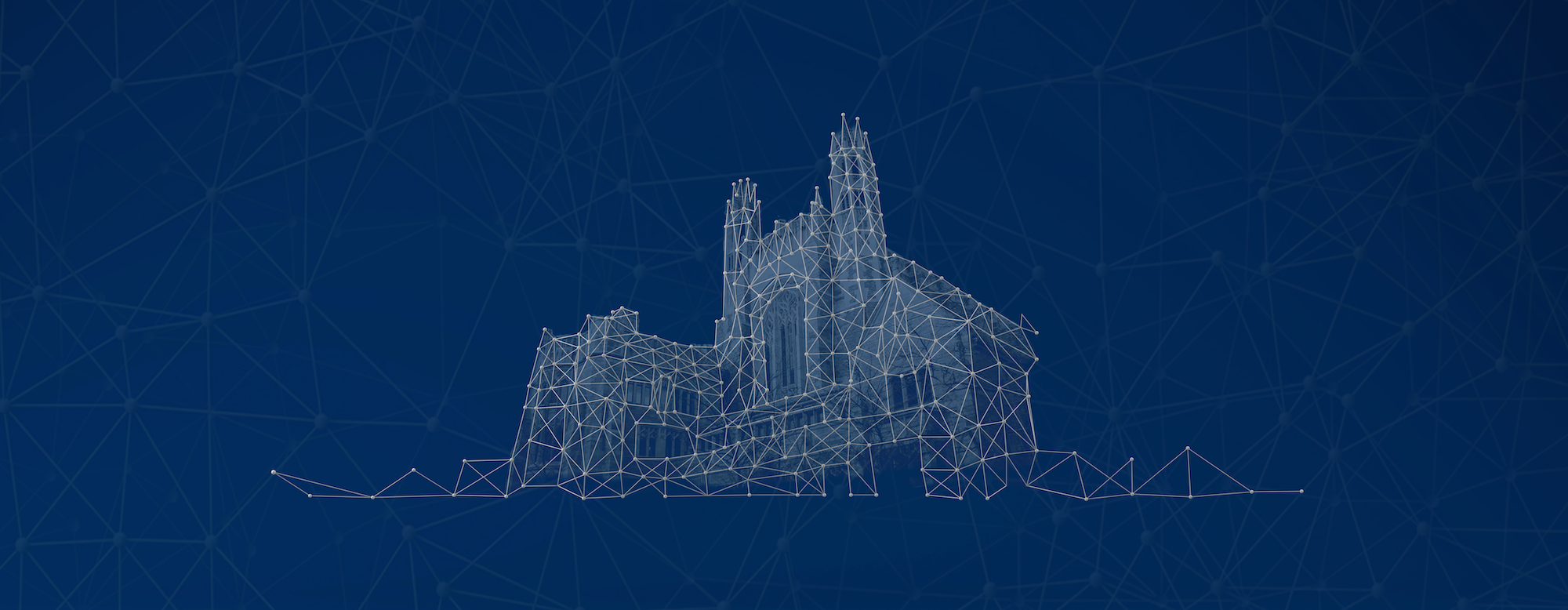The introduction of any new technology challenges judges to determine how it fits into existing liability schemes. If judges choose poorly, they can unleash novel injuries on society without redress or stifle progress by overburdening a technological breakthrough. The emergence of self-driving, or autonomous, vehicles will present an enormous challenge of this sort to judges. This technology will alter the foundation of the largest source of civil liability in the United States. Although regulatory agencies will determine when and how autonomous cars may be placed into service, judges will likely play a central role in defining the standards of liability for them. Will judges express the same negative biases that lay people commonly express against technological innovations?
In this Article, we present data from 967 trial judges showing that judges are biased against self-driving vehicles. They both assigned more liability to a self-driving vehicle than to a human-driven vehicle for an accident caused under identical circumstances and treated injuries caused by a self-driving vehicle as more serious than identical injuries caused by a human-driven vehicle. These results suggest that judges harbor suspicion or animosity towards autonomous vehicles that might lead them to burden manufacturers and consumers of autonomous vehicles with more liability than the tort system currently imposes on conventional vehicles.
